(22)
-

Chaya
There's a local bush or small tree here, however, producing six-inch-wide, maple-like leaves that can be cooked like collard greens.
-
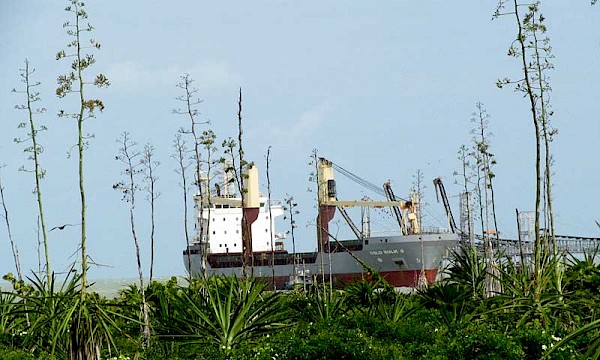
Floración del agave caribeño
Here in the scrub vegetation on dunes along the coast and in thin soil atop limestone the agaves are abundant.
-
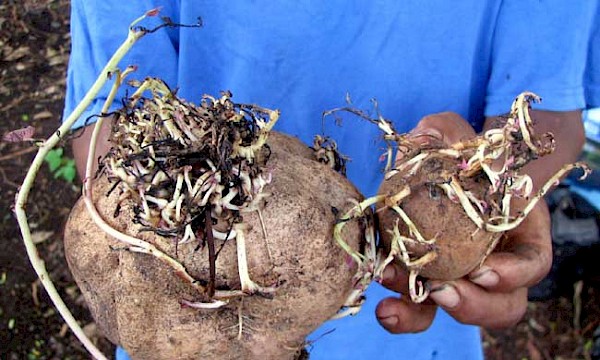
4 Cultivos Tradicionales - Camote, Jícama, Chayote y Ñame
El viernes encontré a Luis ocupado trabajando en la milpa tradicional maya, plantando “camotes”, o boniatos. Los camotes mayas no se...
-
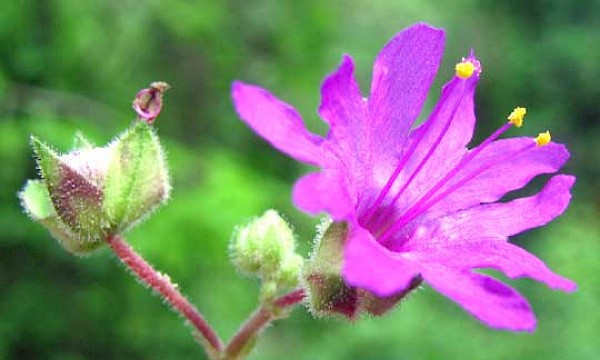
Dondiegos de noche de flores violetas
Con la temporada de lluvias, el bosque una vez más se ha oscurecido con sombras. Menos plantas del bosque están floreciendo ahora, prob...
-
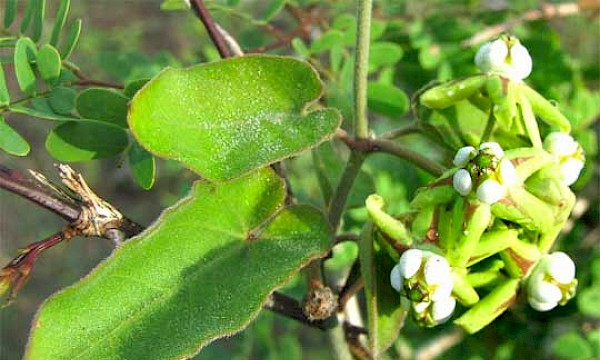
Fugas del algodoncillo
At first glance, every blossom looked just like the one before it...
-
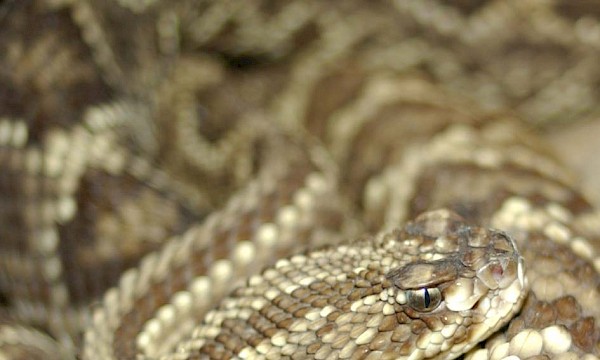
Serpientes de Yucatán
There are venomous snakes in the Yucatan, and even a few very poisonous ones. And there are a lot of snakes that are harmless and help keep down the rodent population... shouldn't you know the difference?
-
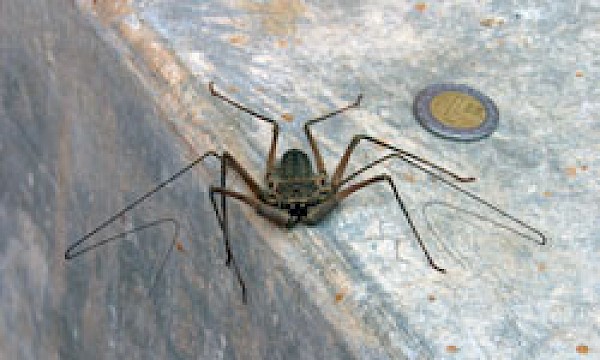
Insectos de Yucatán
Yucatan has some of the world's most beautiful bugs! Here is our list of the top ten insects to be aware of in Yucatan...
-
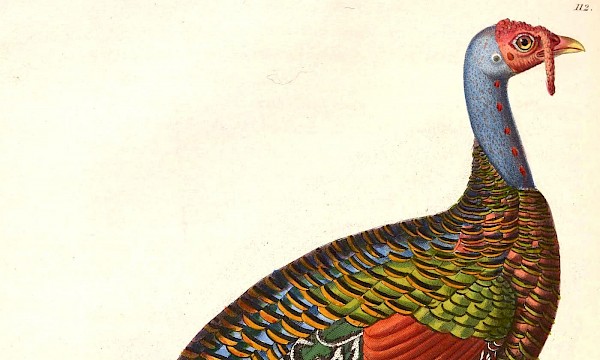
El guajolote ocelado de Yucatán
An important traditional food source with beautiful plumage.
-
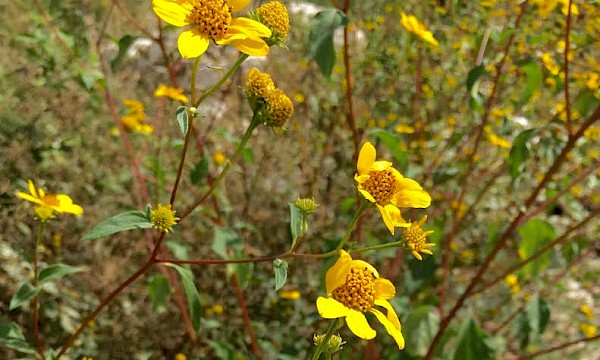
¡Salven a la abeja Melipona!
Melipona honey is unique for its flavor, medicinal value, antibiotic properties, nutritional value and cultural significance because of its sacred use in Mayan ceremonies and rituals.
-
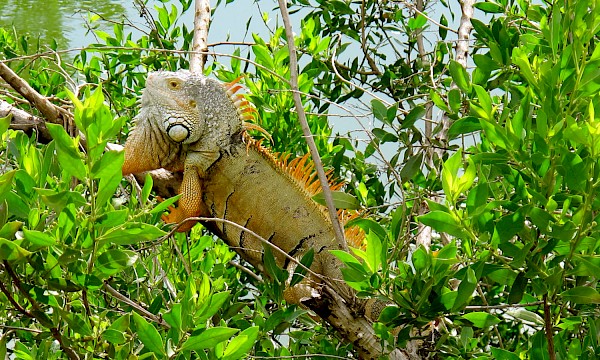
Iguanas de Yucatán, Parte III
In this third part of a 3-part series, guest author Byron Augustin completes our very thorough education about iguanas with even more on their very interesting lives...
-
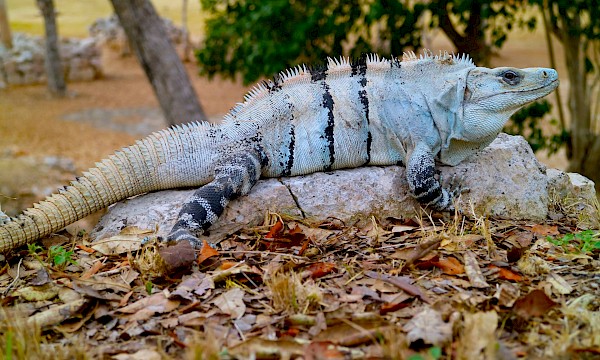
Árboles de Yucatán: Mimosa
El matorral que rodea Sabacché está dominado por miembros leñosos, con hojas rizadas y a menudo espinosos, de la familia de las legumi...
-
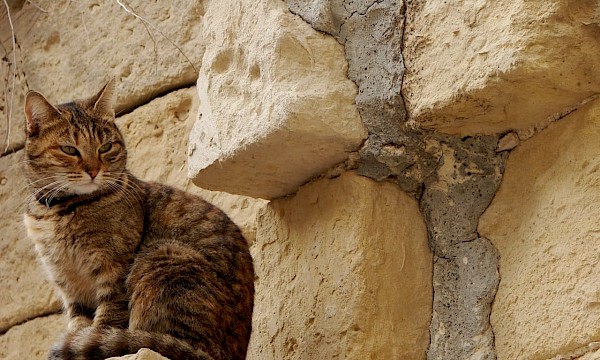
¡La piedra caliza es INCREÍBLE!
Esta semana nos interesa el elemento geográfico más definitorio de Yucatán, la humilde piedra caliza.
“La piedra caliza es una... -

Iguanas de Yucatán, Parte II
In the second part of a three-part series, learn little known facts about iguanas...
-
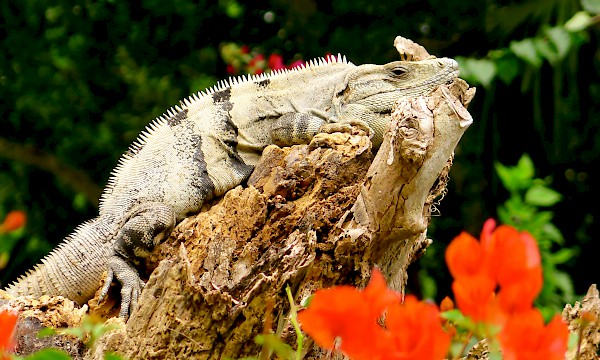
Iguanas, Parte I
Iguanas are a new animal for many of us who move to Yucatan. But they are everywhere, and a part of the history of the region. Here is Part One in a three part series about this mysterious animal...
-
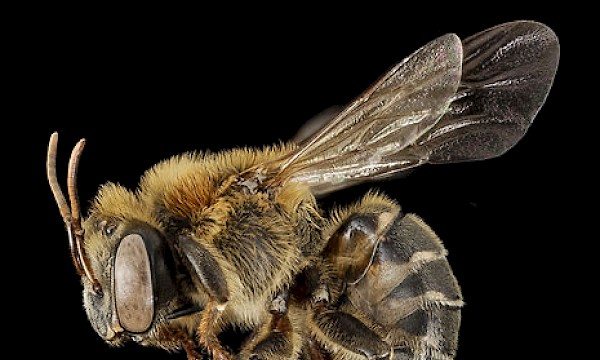
Abeja Norteamericana Oficialmente Añadida a la Lista de Especies en Peligro
Learn about Mayan beekeeping and the fight to save the species.
-
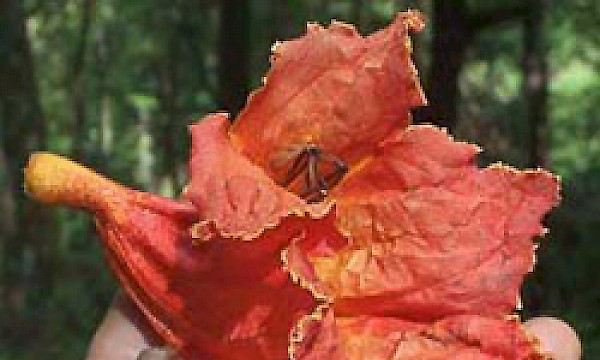
Diez árboles más representativos de Yucatán
When you live here, you cannot help but notice how many beautiful flowering trees there are... one or two for every season, at least! Jim Conrad, a naturalist who is currently spending time near Chichen Itza, gives us a rundown on the most common trees you see...
-
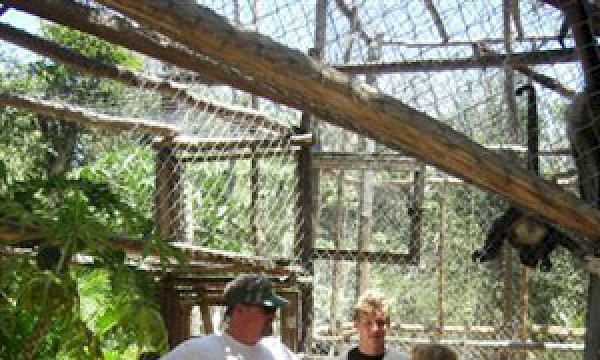
Un lugar para los monos araña
A friend and fellow writer from Playa del Carmen recently visited the Jungle Place, a place where fellow extranjeros provide shelter and a new home for abused and neglected spider monkeys...
-
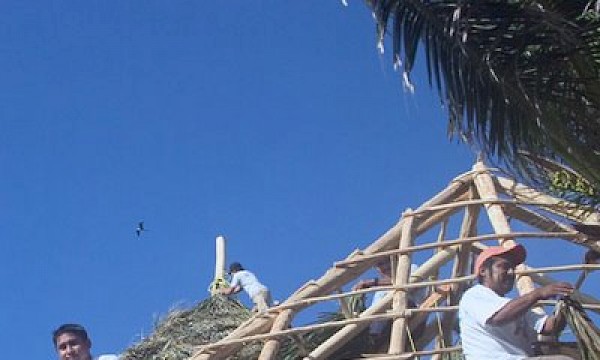
La Riviera Maya se recupera de Wilma
Hurricane Wilma struck the Maya Riviera coast of Mexico on October 21 and 22 of this year. Seven weeks later, the damage is still visible in many places, but the recovery is remarkable...
-

Secuelas de Wilma
This morning's Diario de Yucatan shows a big photo of tourists enjoying themselves on a beach called Playa Delfines, which is the public beach on the Hotel Zone in Cancun...
-

Mañana del huracán Wilma
The Diario de Yucatan says that as the hurricane is leaving, thousands of residents are coming out of their shelters to survey the damage...
-

De repente, todo gira en torno a Wilma
We're not too worried about the hurricane. If we were living in Cancun or Tulum, we'd be boarding up doors and windows, but here in Merida we'll probably only get bad weather...
-

Reflexionando sobre los huracanes
Hurricane Wilma is headed for the Yucatan. Not that we're worried or anything. Merida is probably the safest large city in a hurricane zone that we can think of, now that we think of it...




